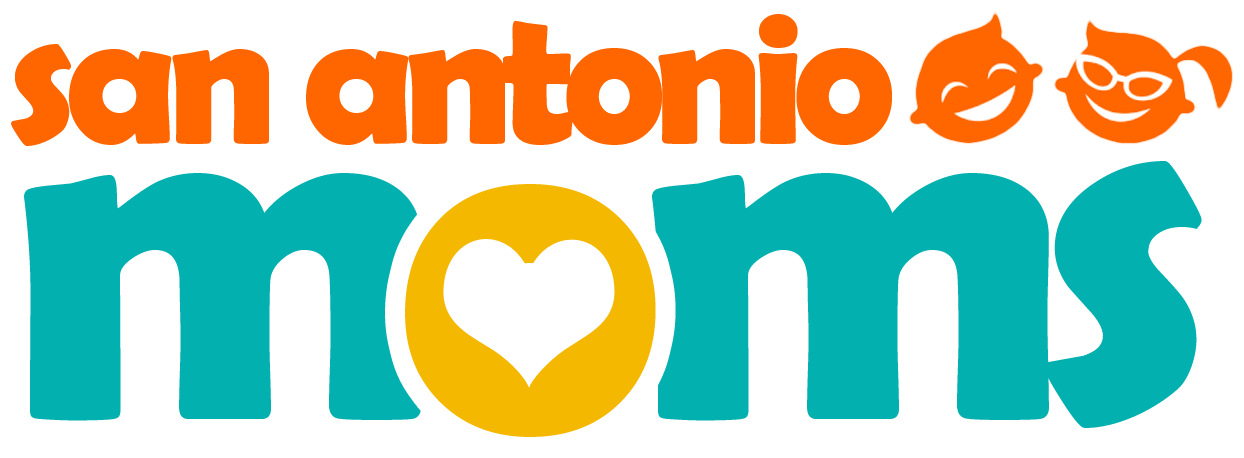Dairy Snacks for Children May Not Be As Healthy As You Think
Table of Contents
Yogurt products marketed to children may not be the best choice. It is important to check the nutrition label to determine the quality of this dairy snack.
Yogurt marketed specifically to children may seem like a great snack. However, closer inspection of nutritional labels may reveal that some brands of yogurt are no better than sugary puddings. Parents should be aware of which yogurt choices are healthier for their children.
What You Want to See on the Label of Children’s Yogurt
- The fewer ingredients in the yogurt the better. The best brands of yogurt will have two ingredients: live cultures and milk (either whole, low fat or skim). Plain yogurt has fewer calories, less filler, more protein and calcium, and no sugar. Plain yogurt can be sweetened with fresh pureed fruit to help satisfy children’s desire for something sweet.
- If pre-sweetened yogurts are preferred, choose flavored yogurts with natural ingredients. Look for sweeteners that include fruit, natural sugar, maple syrup, or evaporated cane juice.
- The term “live active cultures” is an imperative component of healthy yogurt. If the yogurt does not have live active cultures, it is not worth buying. Some yogurts, such as the Stonyfield Farms brand, have six active cultures. The more live active cultures in the yogurt, the better for your children.
- Children’s yogurt should have calcium content at 35 to 40 percent of the daily value. The more that percentage drops, the more likely the yogurt is packed with fillers and is less nutritious.
What You Don’t Want to See on the Label of Children’s Yogurt
- Avoid yogurt that says “heat treated.” A heat-treated yogurt is pasteurized AFTER the healthy active cultures were added to them. This kills the active cultures and destroys the lactase in the yogurt. These two elements are a big part of why yogurt is such a healthy snack for children. Heat-treating prolongs the shelf life, but it comes at the cost of the nutritional value. It is simply not a good trade.
- Be cautious of fillers. Fillers lower the overall nutritional value of yogurt. Fillers may include gelatin, water, and cornstarch.
- Artificial sweeteners should be avoided. These may include high fructose corn syrup and aspartame. These sweeteners have no place in yogurt intended for children.
- Take note of the sugar concentration. Several children’s yogurts have sugar as the second most prevalent ingredient. These yogurts may even be labeled “all-natural”. “All-natural” does not always mean that is a healthy option.
Parents need to look at nutritional labels before buying yogurt for their children. They should look for a yogurt that has only a few ingredients with live active cultures. The yogurt should be rich in calcium but have lower sugar concentration. By doing so, parents can be reassured that they have chosen a quality, wholesome yogurt for their family.
References:
- Sears, William Dr. How to Buy the Healthiest Yogurt: 5 Tips, Askdrsears.com, Accessed 12/18/2007.
- Wholesome Baby Food. “Yogurts for Toddlers and Children are NOT as Healthy as Their Marketing Suggests!!!” Website, Accessed 12/18/2007.
